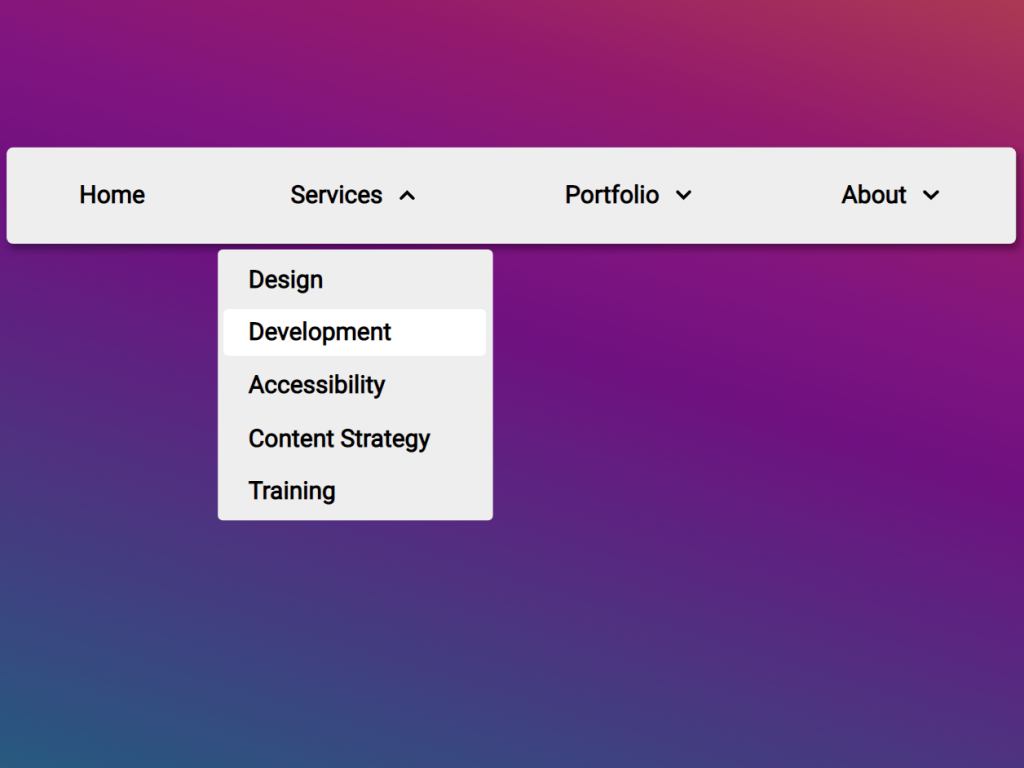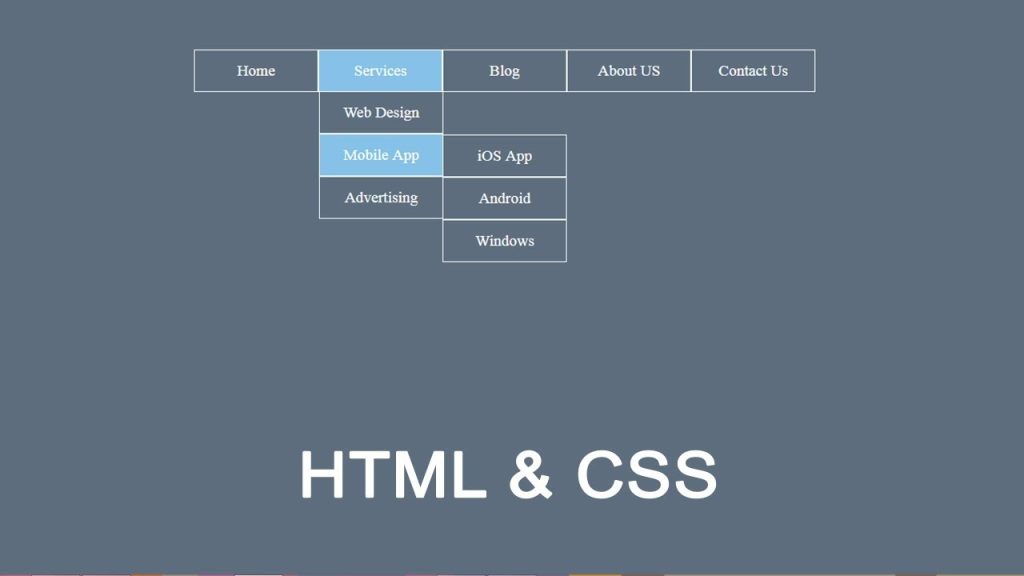How to Create a Dropdown Menu?
Dropdown menus are a crucial navigation element for websites, providing a convenient way to organize and access content. In this guide, we’ll explore the steps to create an effective dropdown menu for your website. From planning your menu structure to implementing it using HTML, CSS, and JavaScript, we’ll cover everything you need to know. By the end of this tutorial, you’ll have the skills to design and implement a dropdown menu that enhances user experience and improves navigation on your website. Let’s dive in and learn how to create a dropdown menu that’s both functional and visually appealing.
Table of Contents
What is a dropdown menu?
A dropdown menu is a navigation component commonly found on websites that allows users to select an option from a list that appears when they interact with a designated area, typically by clicking or hovering. When activated, the menu displays a list of choices, which may include links to other pages or subcategories of content. Dropdown menus are often used to organize and present large amounts of information in a compact and accessible manner, making it easier for users to navigate through a website and find the content they’re looking for without cluttering the interface.

Why should you create a dropdown menu?
Creating a dropdown menu offers several benefits for website usability and organization. Firstly, it conserves space on the webpage by hiding options until they are needed, resulting in a cleaner and more streamlined interface. This can enhance the overall user experience by reducing visual clutter and making navigation more intuitive. Dropdown menus also allow for hierarchical organization of content, enabling users to access subcategories or related items efficiently. Additionally, they provide a standardized and familiar interface pattern that users are accustomed to, contributing to ease of use and reducing cognitive load. Overall, implementing a dropdown menu can improve the usability and accessibility of your website, leading to a more positive user experience.
How to make an HTML dropdown menu
To create a dropdown menu, begin by crafting a <div> element and assigning it the class “dropdown”. In CSS, set its display property to “inline-block” and position it “relative” for proper alignment. Next, create an element that triggers the dropdown when hovered over, such as a button placed within the div.
Decide on the dropdown content and wrap it within another <div> with the class “dropdown-content”. Ensure the dropdown appears upon hovering by adjusting its display property using the “:hover” pseudo-class.
Style the dropdown’s content using CSS to enhance its appearance, including adjusting link colors for hover effects. This process ensures a functional and visually appealing dropdown menu for your webpage.

Every website needs a good navigation
Indeed, efficient navigation is essential for any website. It enables users to explore and interact with content seamlessly, enhancing their overall experience. Without clear navigation, visitors may struggle to find the information they seek, leading to frustration and increased bounce rates.
A well-designed navigation system organizes content logically, making it easier for users to locate specific pages or sections. This typically involves employing intuitive labels, hierarchical structures, and consistent placement across pages. Additionally, responsive navigation ensures accessibility across various devices, accommodating users on smartphones, tablets, and desktops alike.
Ultimately, effective navigation contributes to improved user engagement, higher retention rates, and ultimately, the success of a website. By prioritizing navigation in web design, site owners can better serve their audience and achieve their desired goals.
Conclusion
In conclusion, prioritizing effective navigation is paramount for the success of any website. Clear and intuitive navigation systems enhance user experience, leading to increased engagement and satisfaction. By organizing content logically and implementing responsive designs, websites can cater to the needs of diverse users across different devices. Furthermore, streamlined navigation reduces bounce rates and encourages visitors to explore more pages, ultimately driving conversions and achieving business objectives. As technology evolves and user expectations shift, maintaining a user-friendly navigation experience remains crucial for staying competitive in the digital landscape. Invest in robust navigation strategies to optimize user journeys and maximize the impact of your website.
Read More How to Improve Website Navigation
FAQ’S
What is the importance of website navigation?
Website navigation facilitates user interaction by providing clear pathways to desired content, enhancing overall user experience and engagement.
How can I improve website navigation?
To enhance website navigation, ensure clear menu structures, intuitive labels, responsive design, and easy access to key pages.
What are the benefits of responsive navigation?
Responsive navigation ensures optimal user experience across various devices, improving accessibility and engagement while maintaining consistency and usability.







